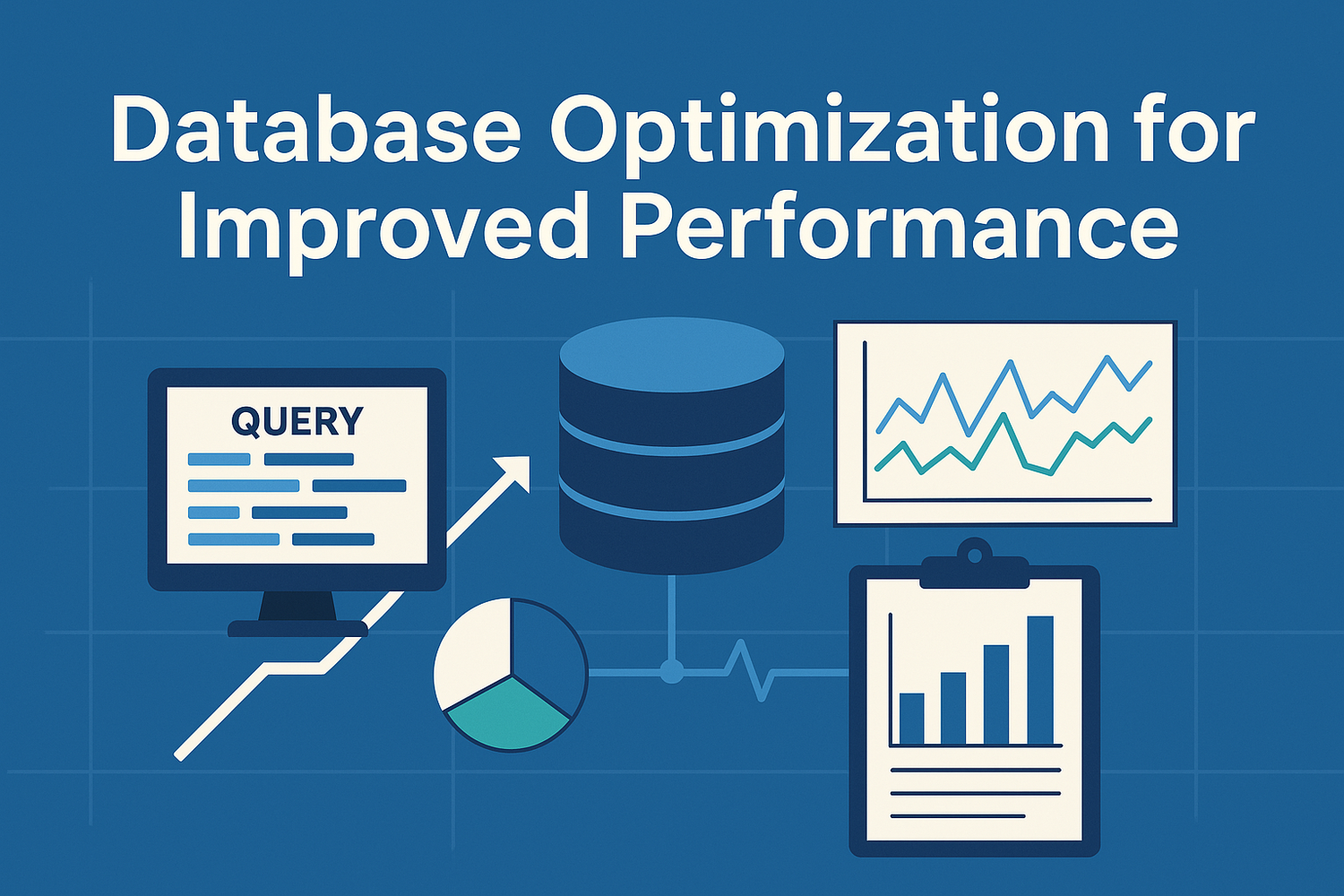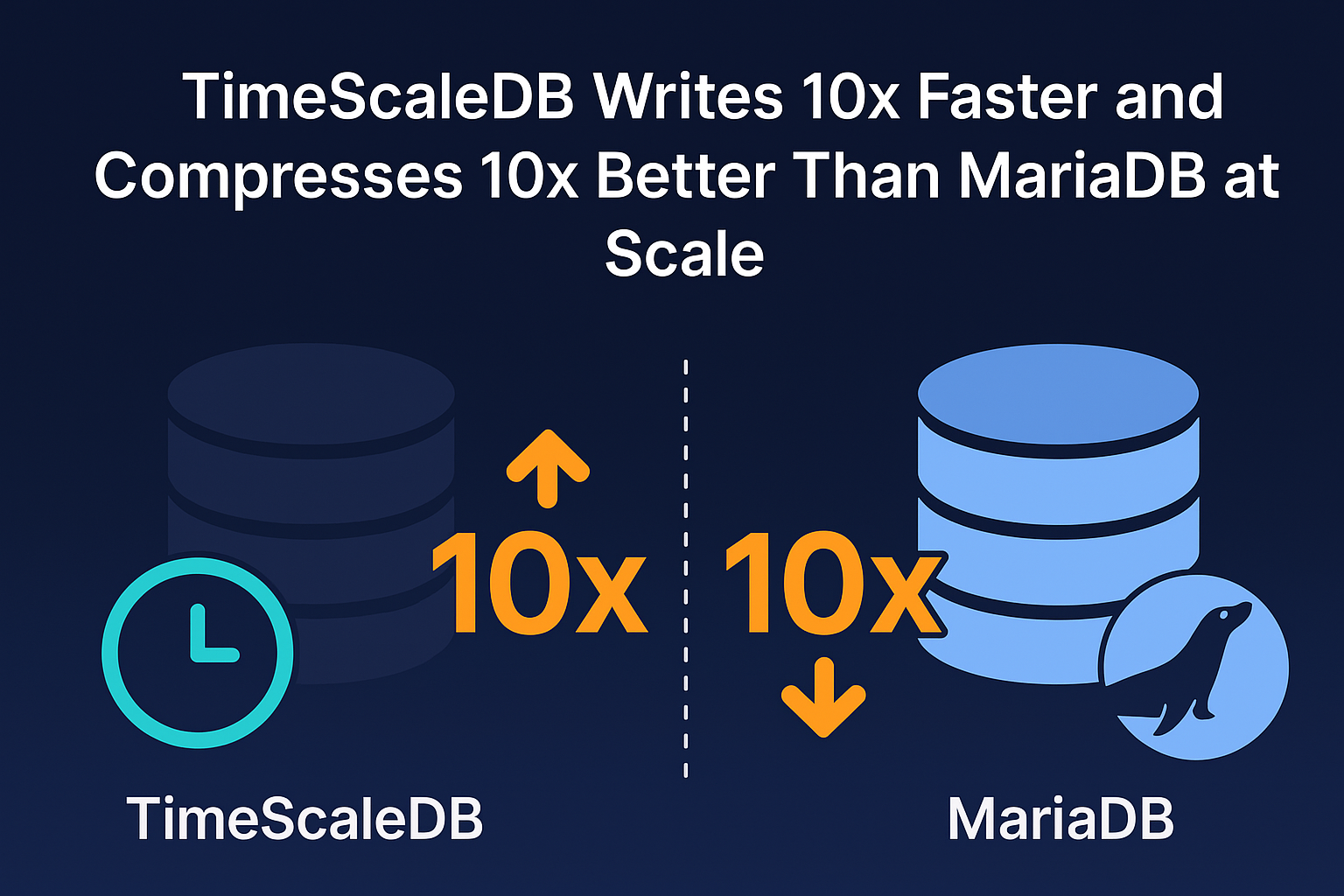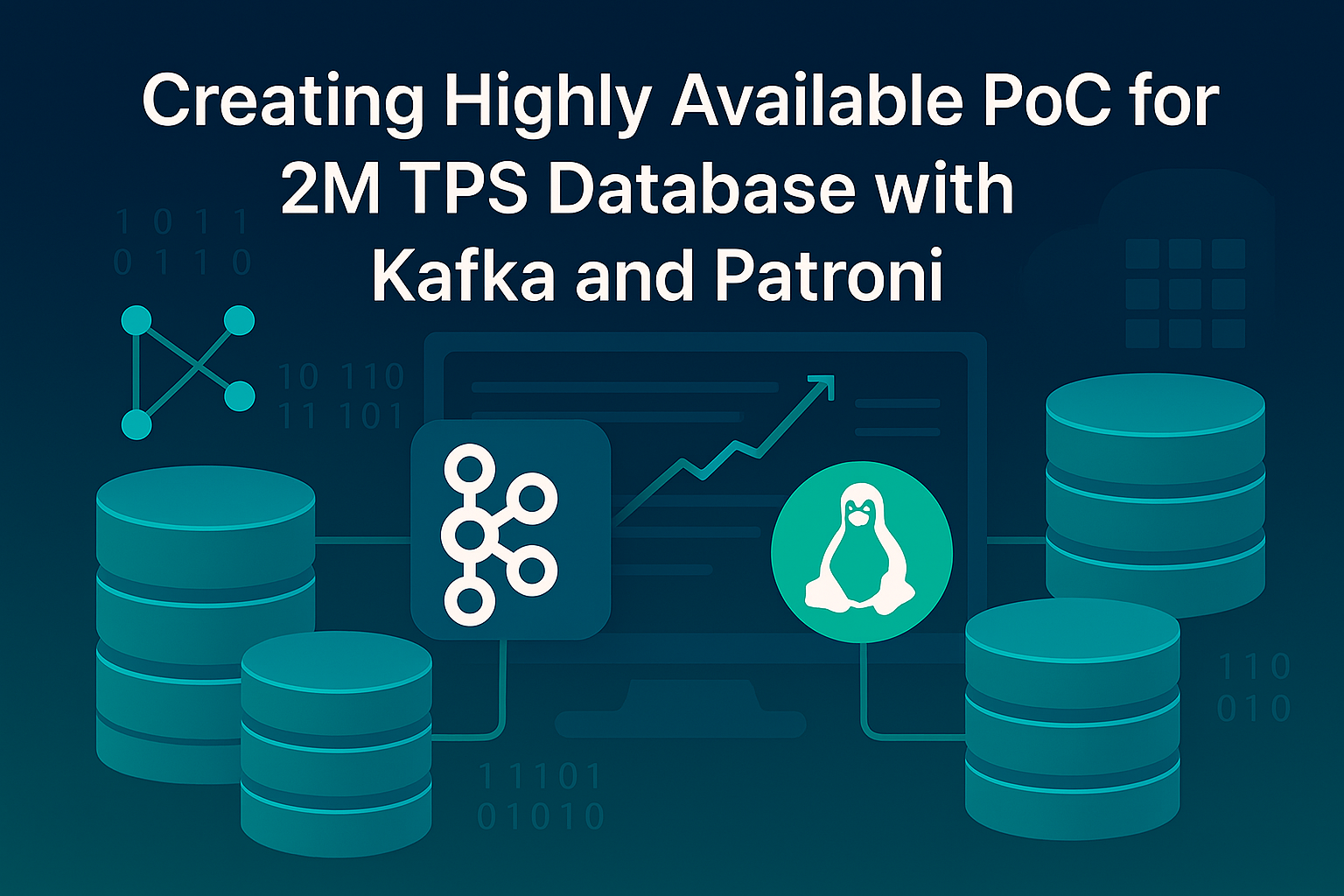Improving database performance is a critical step for any system to run faster and more efficiently. In this article, we will examine how database variables are used in database optimization using a real example and which steps significantly improve performance. We will share solutions supported by concrete data, covering details from slow queries to disk I/O load, from replication delays to memory management.
The first step in any optimization process is to understand the current state of the system and identify potential areas for improvement. When analyzing a database, we examine slow queries, monitor disk I/O performance, and investigate the root causes of replication delays. For instance, in a system we previously analyzed, we observed that the database was experiencing a high disk I/O load during write operations. This led to query delays and a noticeable decline in system performance.
During our analysis, we specifically checked the innodb_flush_log_at_trx_commit parameter, as it plays a critical role in determining when transaction logs are written to disk. This setting can take three different values, each offering a trade-off between performance and data durability.
💡 innodb_flush_log_at_trx_commit plays a critical role in balancing performance and data safety.
When set to 0, changes are written to the OS cache after each transaction, and flushed to disk once every second. While this improves performance by reducing disk write operations, it introduces a risk of data loss in the event of a system crash. With the value
With the value 1, which is the default and the safest option, the system writes and flushes changes to disk immediately upon every commit. This ensures maximum data durability but generates high disk I/O, which can negatively affect performance under heavy write load.
Setting the value to 2 offers a balanced approach. In this mode, changes are written to the OS cache at commit time but flushed to disk once per second. It significantly reduces disk I/O pressure while still maintaining a reasonable level of data safety. During our analysis, we found that the
During our analysis, we found that the innodb_flush_log_at_trx_commit parameter was set to 1, which caused high disk I/O and performance bottlenecks. To improve efficiency, we changed its value to 2, significantly reducing write pressure without compromising stability—thanks to additional backup and data protection measures we implemented. After applying these changes, we observed a significant reduction in the system's IOPS levels. Previously, disk write operations showed frequent and high fluctuations, but after the adjustment, they became more stable. The following graph clearly illustrates the decrease in IOPS levels after our recommendation.
After applying these changes, we observed a significant reduction in the system's IOPS levels. Previously, disk write operations showed frequent and high fluctuations, but after the adjustment, they became more stable. The following graph clearly illustrates the decrease in IOPS levels after our recommendation. The first graph shows that IOPS (Input/Output Operations Per Second) levels exhibited significant fluctuations over a specific period. This indicates that the system was performing frequent and high-volume disk write operations, leading to performance issues. However, after changing the
The first graph shows that IOPS (Input/Output Operations Per Second) levels exhibited significant fluctuations over a specific period. This indicates that the system was performing frequent and high-volume disk write operations, leading to performance issues. However, after changing the innodb_flush_log_at_trx_commit value to 2, there was a noticeable decrease in IOPS levels. This adjustment allowed log data to be written to disk less frequently, reducing I/O load and enabling the system to operate more stably.
Our client had multiple servers, but to clearly observe the impact of the changes, we focused on a specific server: Before the change, the Write IOPS graph showed noticeable fluctuations and sudden spikes. This indicated that the database server was under heavy write load, causing the disk I/O system to struggle at times.
Before the change, the Write IOPS graph showed noticeable fluctuations and sudden spikes. This indicated that the database server was under heavy write load, causing the disk I/O system to struggle at times.
After the change, Write IOPS levels significantly decreased, and the graph became much more stable. This suggests that the disk I/O load has been substantially reduced and that the system is now operating much more efficiently.
Through such analyses, we objectively demonstrate the direct impact of our optimizations on performance using concrete data.
In systems with heavy read and write operations, improper replication configuration can lead to delays and synchronization issues. In our client's system, we observed a significant increase in replication delays. The primary cause of this issue was the use of Statement-Based Replication (SBR). SBR records SQL statements and executes them on replicas to synchronize data. However, in complex transactions and large databases, this approach can result in severe delays. To resolve this issue, we switched to Row-Based Replication (RBR). Unlike SBR, RBR updates table rows directly, reducing processing overhead and ensuring more consistent data synchronization. After the transition, we observed a noticeable decrease in replication delays.
To resolve this issue, we switched to Row-Based Replication (RBR). Unlike SBR, RBR updates table rows directly, reducing processing overhead and ensuring more consistent data synchronization. After the transition, we observed a noticeable decrease in replication delays.
The graph above illustrates the positive impact of this change on the system. Replication processes now operate much more consistently and efficiently, ensuring overall data integrity.
On October 31, we created specific indexes on the read replicas to reduce disk read operations. With these indexes, the system gained faster access to data, minimizing unnecessary disk reads. As seen in the graph below, there was a significant decrease in disk read rates after indexing. Additionally, memory management is a critical component of database performance. By optimizing the buffer pool, we observed a reduction in disk read operations and improved overall system efficiency. After implementing this enhancement in our client's system, disk read rates dropped even further, leading to a noticeable increase in overall performance.
Additionally, memory management is a critical component of database performance. By optimizing the buffer pool, we observed a reduction in disk read operations and improved overall system efficiency. After implementing this enhancement in our client's system, disk read rates dropped even further, leading to a noticeable increase in overall performance. Our optimization process doesn’t end with making technical adjustments and stepping aside. Through our continuous monitoring and support services, we track the long-term impact of the changes implemented. This approach helps prevent new bottlenecks from forming and ensures operational continuity.
Our optimization process doesn’t end with making technical adjustments and stepping aside. Through our continuous monitoring and support services, we track the long-term impact of the changes implemented. This approach helps prevent new bottlenecks from forming and ensures operational continuity.
Database optimization not only enhances performance but also reduces costs, extends infrastructure lifespan, and improves data management efficiency. That’s why regularly analyzing and optimizing your systems is a critical necessity for continuously improving and strengthening your technological infrastructure.
With this approach, we provide our clients with a reliable, efficient, and business-oriented database infrastructure. Our KPI analyses measure the improvements achieved, and we support every step with concrete data to deliver the best possible outcome.
Thanks for reading! Have problems with your database? Do not hesitate to contact us and visit our contact page.




Hinterlasse einen Kommentar
Alle Kommentare werden vor der Veröffentlichung geprüft.
Diese Website ist durch hCaptcha geschützt und es gelten die allgemeinen Geschäftsbedingungen und Datenschutzbestimmungen von hCaptcha.